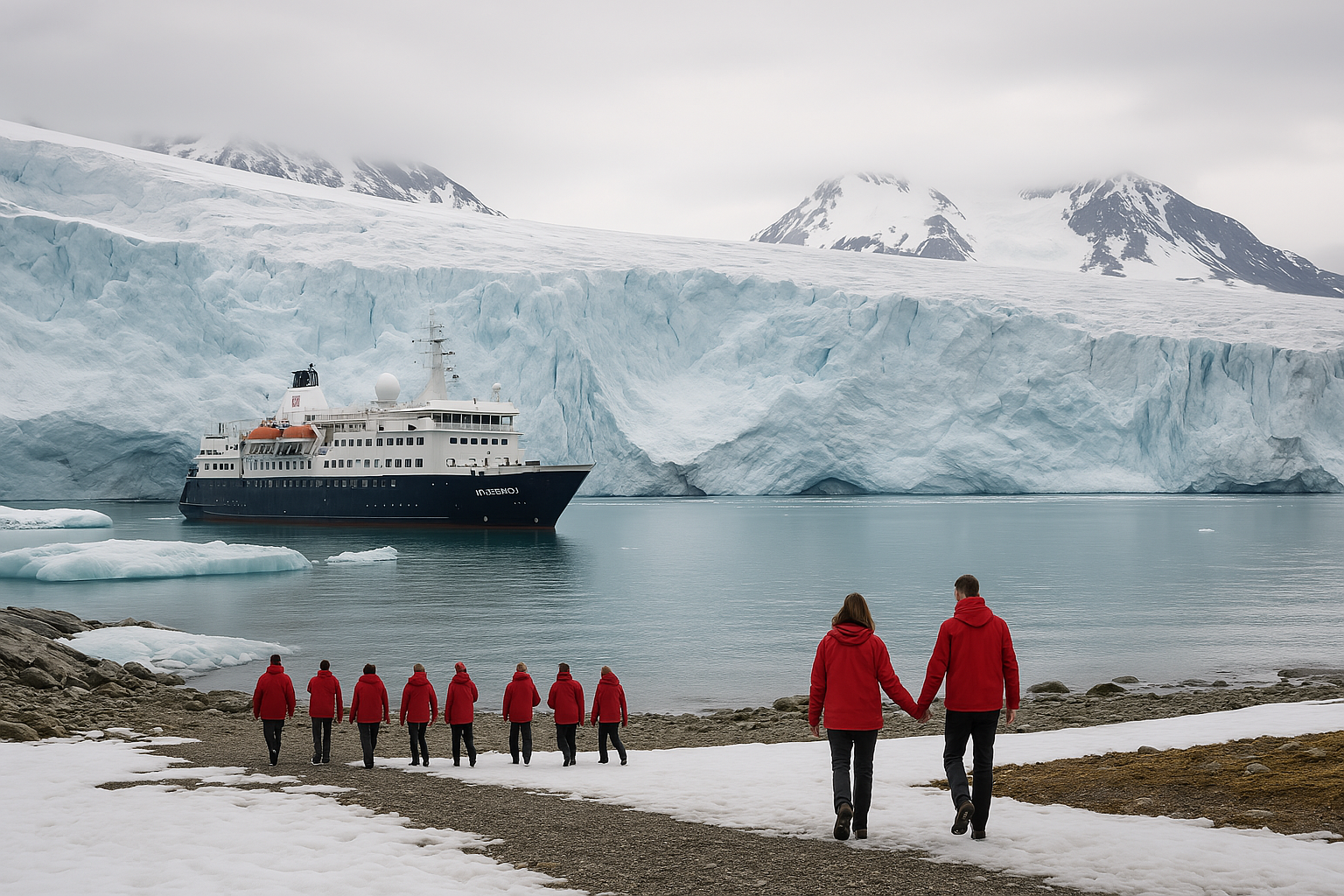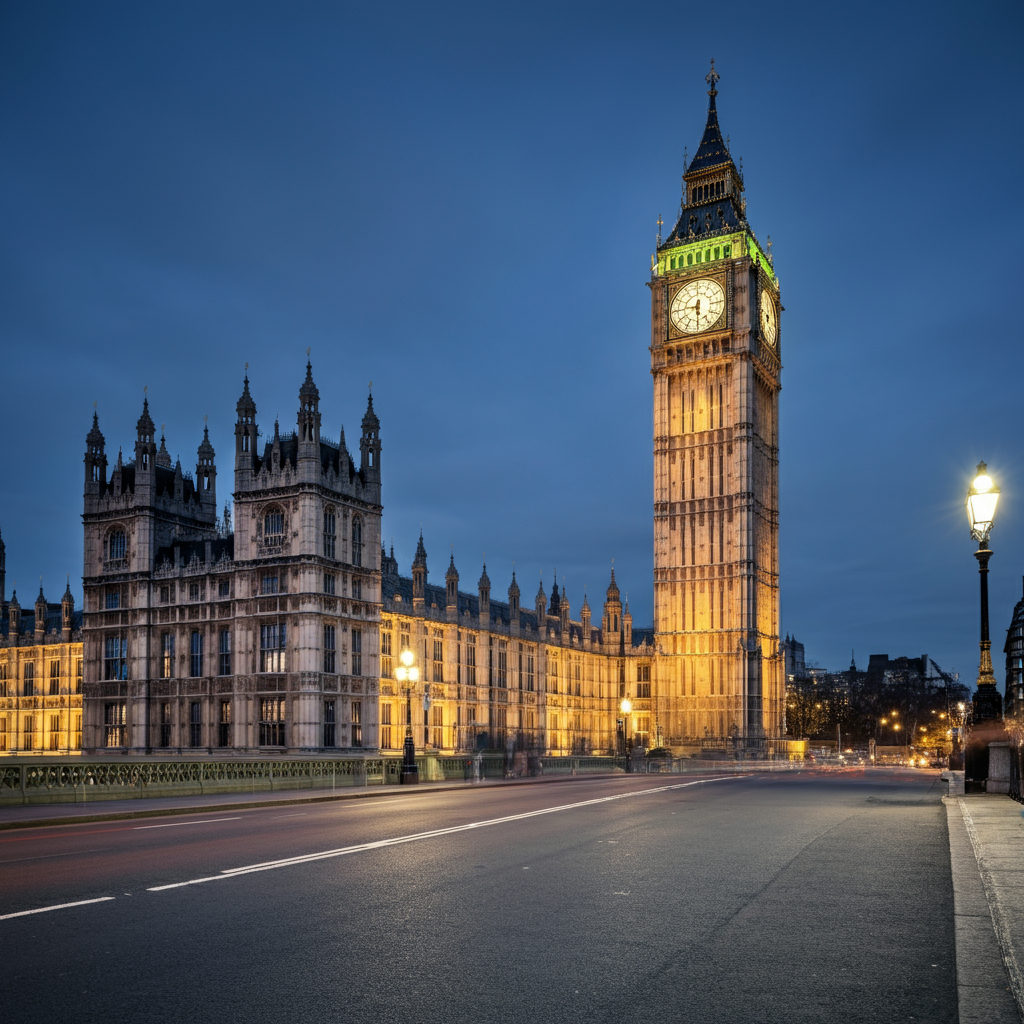Few places on Earth are as extreme, beautiful, and humbling as the Arctic. From icy tundras and towering glaciers to polar bears and the northern lights, Arctic adventures offer a once-in-a-lifetime experience. But with wonder comes wildness, and if you don’t plan properly, the Arctic can be as punishing as it is awe-inspiring. That’s why we’ve created this essential guide packed with Arctic travel tips — to help you know what to expect, how to prepare, and how to make the most of this unforgettable journey, no matter which icy corner you’re headed to.

Arctic Travel Tips: What Makes the Arctic Special
The Arctic is remote, rugged, and ruled by nature. Unlike other destinations, it’s a place where the weather changes quickly, wildlife roams freely, and the landscapes feel otherworldly. You’ll step into a world with limited connectivity, few roads, and stunning, raw beauty. That combination makes it both challenging and life-changing.
Whether you’re heading to Svalbard, Greenland, northern Canada, or the Russian Arctic, it’s essential to know that this isn’t just a trip — it’s an expedition. Summer (June–August) offers endless daylight and active wildlife, while winter (November–February) delivers long polar nights and the magic of the northern lights. Photographers and solitude seekers often favor spring and autumn for dramatic light and fewer crowds.
No matter when you visit, be ready to experience nature’s extremes. Expect icy winds, sudden snowstorms, and moments of magical silence — like hearing only the crunch of your boots on fresh snow or the distant crack of shifting ice. That’s the beauty of the Arctic: its unpredictability, its rawness, and its ability to surprise you when you least expect it.
How to Prepare for Arctic Challenges
One of the top Arctic travel tips is to embrace layering. Temperatures can swing wildly, so you’ll want moisture-wicking base layers, insulating mid-layers like fleece or wool, and a waterproof, windproof outer shell. Skip cotton entirely, as it holds moisture and chills the body. Don’t forget thermal socks, insulated boots, gloves, hats, and a neck gaiter.
Gear protection matters too. Bring waterproof bags, phone pouches, and covers for your camera or binoculars. Between snow, sleet, and sea spray, keeping your equipment dry can save your trip. If you want to capture epic photos, invest in a weather-sealed camera with a decent zoom lens, and always pack extra batteries. Cold weather drains batteries fast, so portable power banks are a must.
Stay realistic about connectivity. You won’t find strong Wi-Fi or cell service in most Arctic regions. Download offline maps, travel documents, and entertainment before you leave, and let your contacts know that you might be off-grid. For many travelers, this digital detox becomes one of the most rewarding parts of the adventure.

Experiencing the Arctic: Safety and Style
Motion is part of every Arctic journey. Whether you’re snowmobiling, dog sledding, or on an icebreaker ship, prepare for constant movement. If you’re prone to motion sickness, bring medication or ginger tablets. Flexibility is also key. Weather can shut down routes, wildlife sightings require patience, and plans may shift without warning.
For first-time Arctic travelers, a guided expedition cruise offers expert-led experiences and added comfort. Seasoned adventurers might prefer overland tours, photography-focused trips, or cultural journeys with indigenous communities. Whatever you choose, match your adventure to your fitness level, comfort zone, and interests. Always travel with certified guides, especially in polar bear regions or on glacier treks. Listen to local advice, pack extra supplies, and respect nature’s power — it’s the best way to stay safe and make the most of your time in the Arctic.
Be sure to pack smart. Essentials include merino wool base layers, waterproof boots, thermal gloves, hats with ear flaps, lip balm, moisturizer, snow goggles, high-energy snacks, and a reusable water bottle. Many travelers underestimate how taxing the cold can be, so prioritize hydration, rest, and good nutrition.
Final Thoughts: Embrace the Arctic’s Magic
The Arctic is raw, wild, and unforgettable. With the right Arctic travel tips, you can embrace its extremes safely and meaningfully. Whether you dream of watching the northern lights, standing at the edge of a glacier, or learning from the wisdom of indigenous cultures, your Arctic journey will leave you with memories you’ll treasure for life.
Have you already ventured into the Arctic, or is it still on your bucket list? Share your thoughts and tips in the comments! And for more expert travel guides, cold-climate advice, and destination inspiration, follow WentWorld.com and join our global community of explorers. Together, we can uncover the magic that awaits in the coldest, most beautiful corners of the world.
Catch up on the top stories and travel deals by subscribing to our newsletter!












Leave a Reply